The information in the previous article is all well and good, you know WHAT children need to be eating, but HOW do you get your kids to eat more of things they need? In my experience, a few things are key: exposure, small switches, structured choices, getting kids involved, and a no-pressure approach.
|
AuthorHi, I'm Amy. I'm a nutritionist in the DC area, working with clients of all ages, focusing on prenatal and pediatrics. I'm all about straightforward, evidence-based health & wellness advice - because life/parenting in the modern world is complicated enough! Categories
All
November 2022
|
Seed to Sapling Nutrition

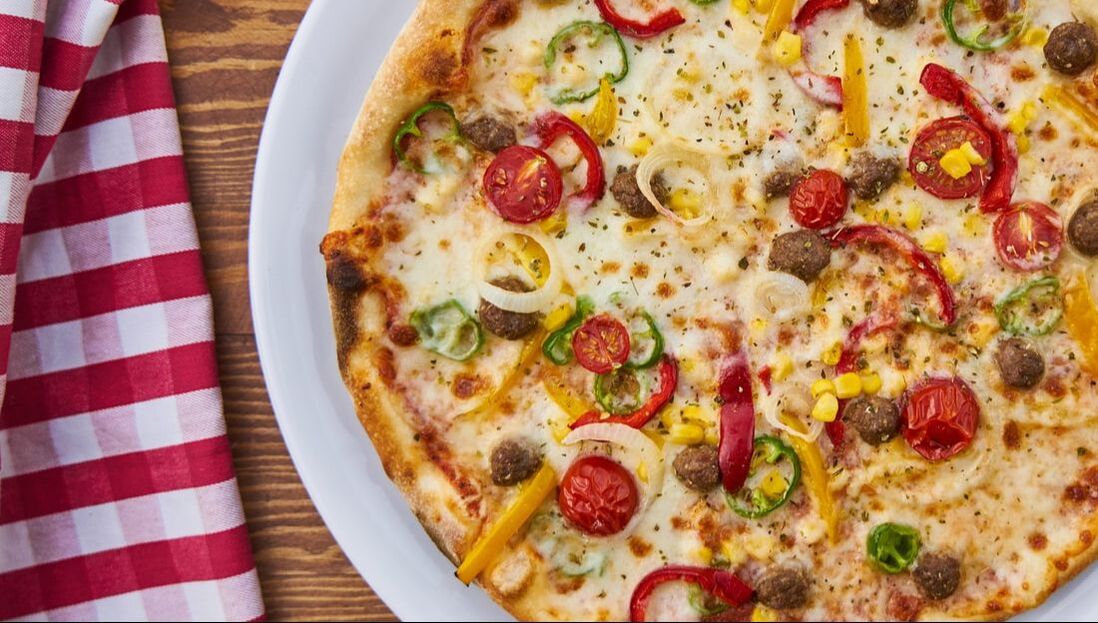
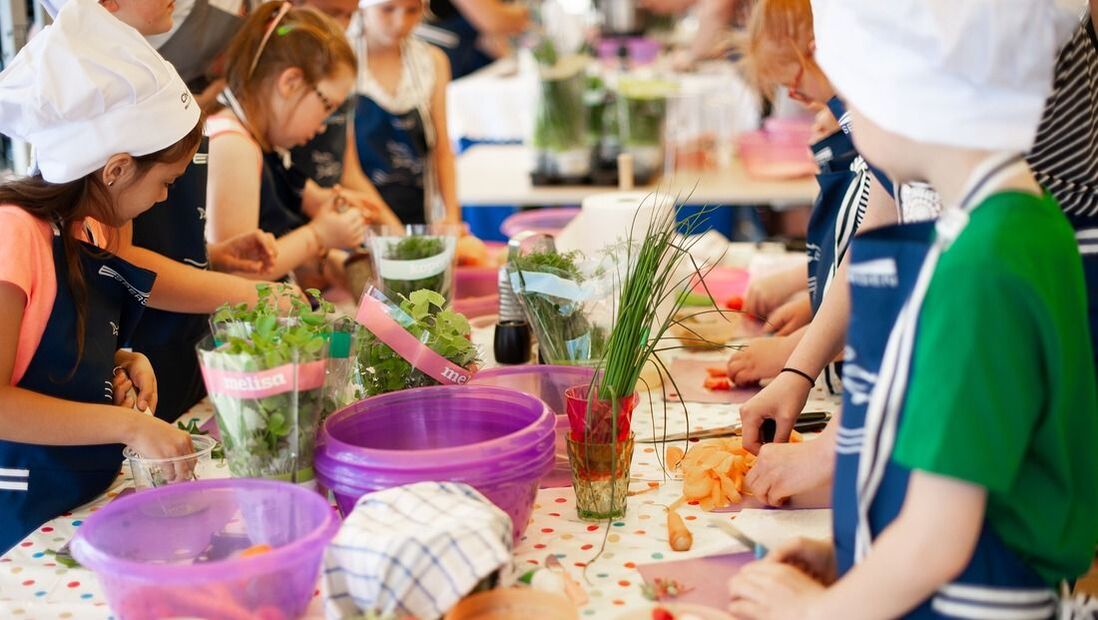

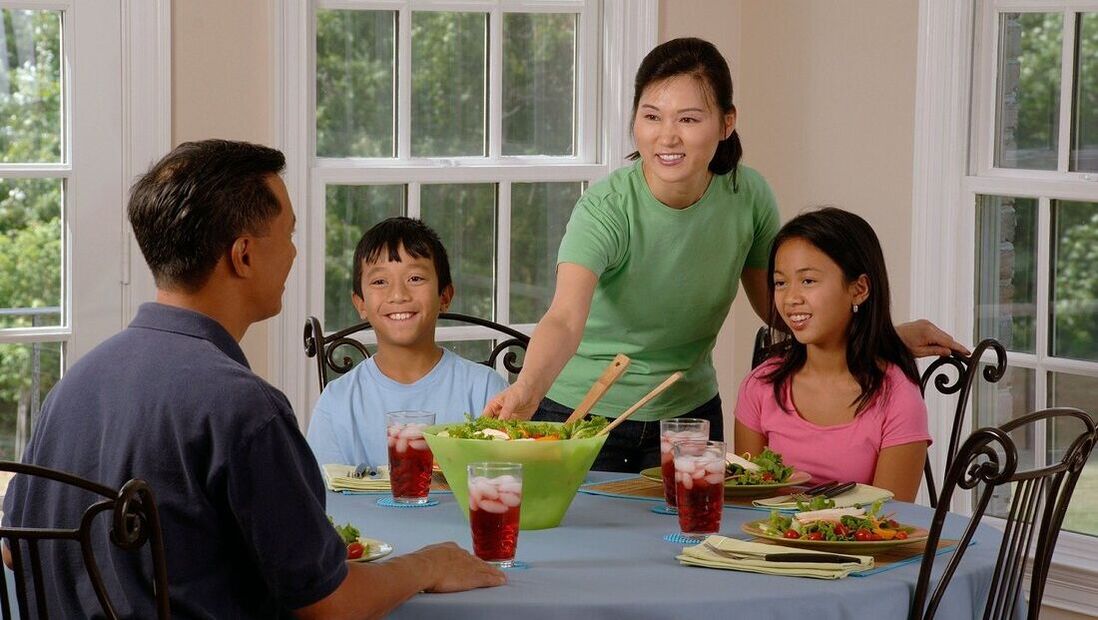
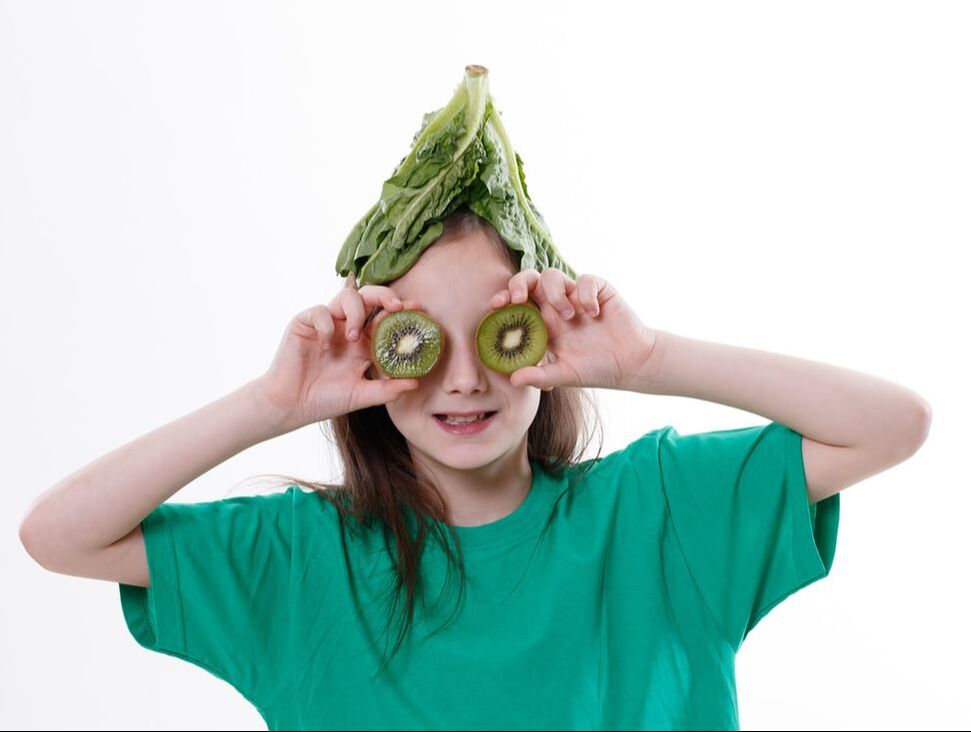
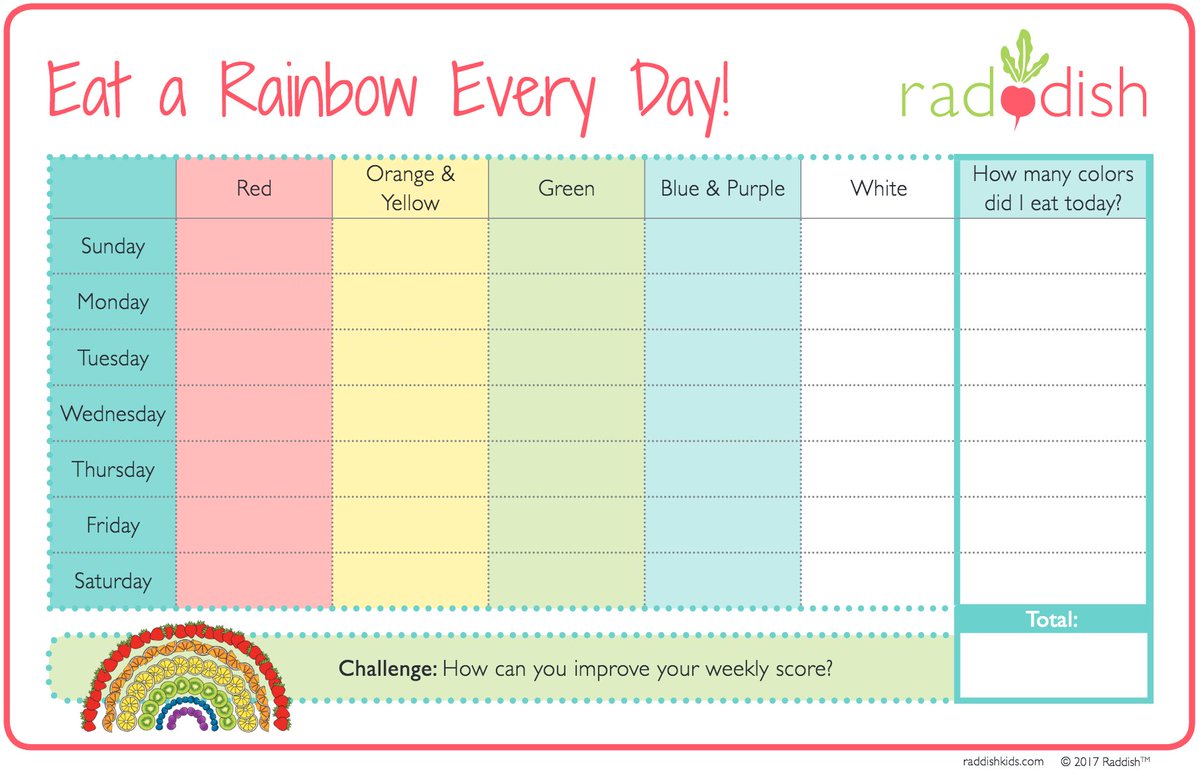

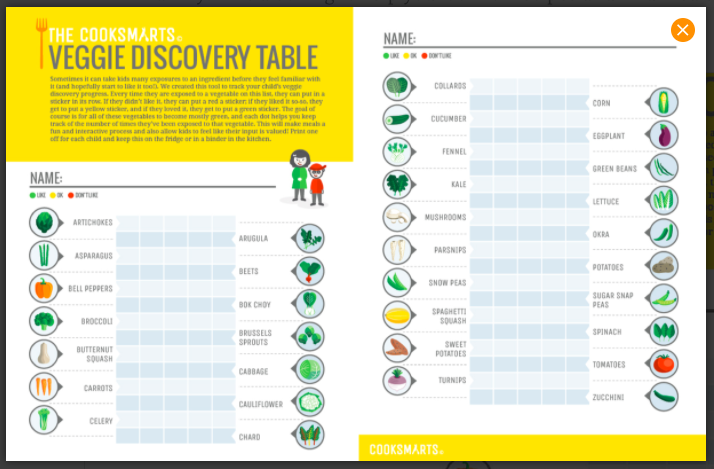
 RSS Feed
RSS Feed